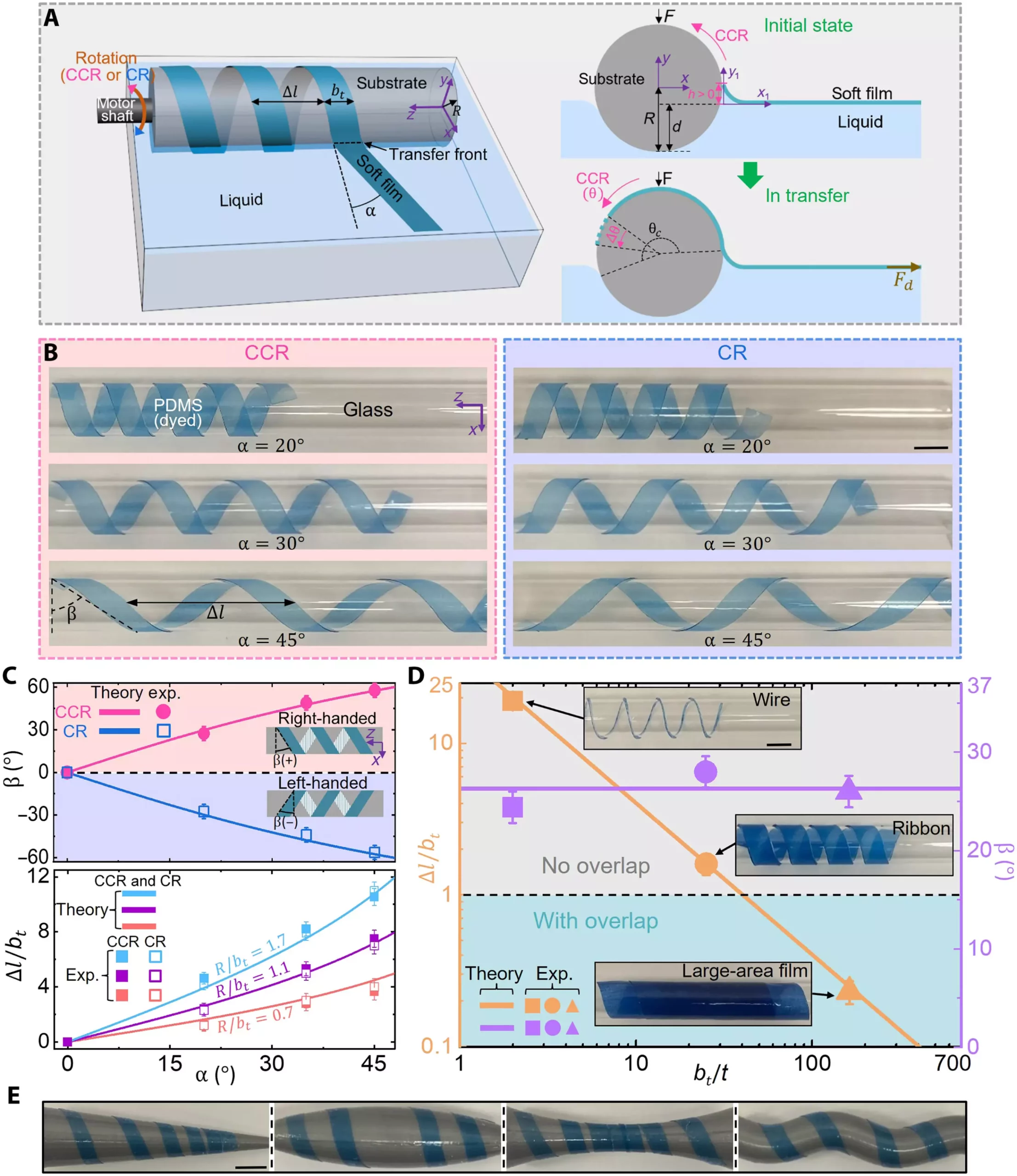When we think of advanced robots, we often picture hard-bodied machines. However, researchers in the field of soft robotics aim to incorporate the pliability and versatility of living organisms into their creations. Despite this potential, the field has yet to reach its full potential due to difficulties in mass-producing and incorporating soft materials into these designs. Fortunately, a group of scientists from the University of Virginia has recently developed a revolutionary manufacturing process that allows the weaving of soft materials, such as fabrics, rubbers, and gels, making them compatible with robots and other technologies.
A Breakthrough in Soft Robotics
This groundbreaking manufacturing process has the potential to lead a soft robotics revolution. The researchers’ innovative technique paves the way for the creation of robots with softer, more flexible bodies, similar to those of humans. By weaving soft materials into three-dimensional spatial structures, the team at the University of Virginia has opened up new possibilities in the field of soft robotics.
Beyond the field of robotics, this manufacturing process also has the potential to improve and expand various other technological innovations. Wearable electronics, such as smart clothing and fitness trackers, could benefit from the incorporation of softer materials. Additionally, biomedical devices that require flexibility and compatibility with human tissues could see significant advancements through this new technique. Furthermore, this process could enhance the design and functionality of a plethora of internet-based products with complex outer surfaces.
The researchers’ approach relies on a liquid-based rolling transfer system, which offers precise adjustments during the weaving process. This system allows for the creation of soft materials with continuous structures, such as film, ribbon, and wire. Unlike existing manufacturing approaches, which are designed for rigid materials or nanoparticles, this new method is specifically tailored to soft materials.
Fast and Damage-Free Manufacturing
One of the key advantages of this new manufacturing process is its speed and precision. The liquid-based rolling transfer system enables small, accurate adjustments while weaving, resulting in efficient manufacturing. Furthermore, this technique minimizes damage to the materials, ensuring a higher level of quality and durability.
The Future of Soft Robotics
With this revolutionary manufacturing process, the field of soft robotics is poised for an exciting future. The ability to incorporate soft materials into robot designs opens up new applications and possibilities. Soft robots could be more adaptable, capable of navigating complex environments effortlessly. The incorporation of pliable components into these machines could also improve safety in human-robot interactions. As this manufacturing process continues to be refined and adopted by researchers and industries alike, soft robotics may soon revolutionize various sectors, from healthcare to manufacturing and beyond.
The development of a manufacturing process that allows the weaving of soft materials into 3D spatial structures is a significant breakthrough in the field of soft robotics. This advancement opens up new possibilities in the creation of more flexible and adaptable robots. Additionally, the application of this technique has the potential to revolutionize wearable electronics, biomedical devices, and internet-based products. As researchers further refine this manufacturing process, we can expect to see soft robotics make a tremendous impact across various industries, ushering in a new era of technology and innovation.


Leave a Reply